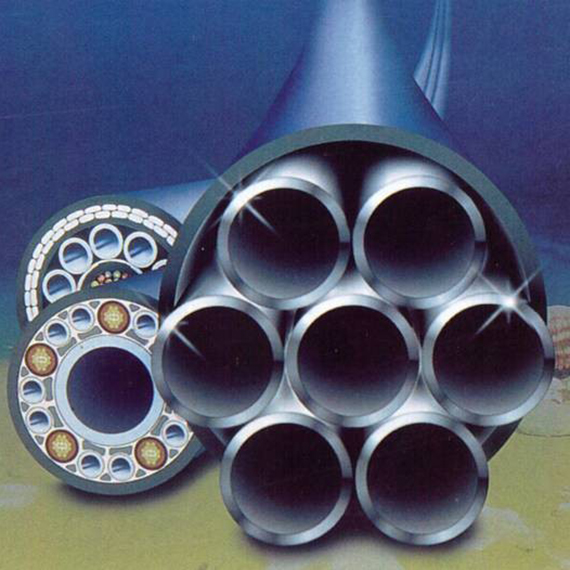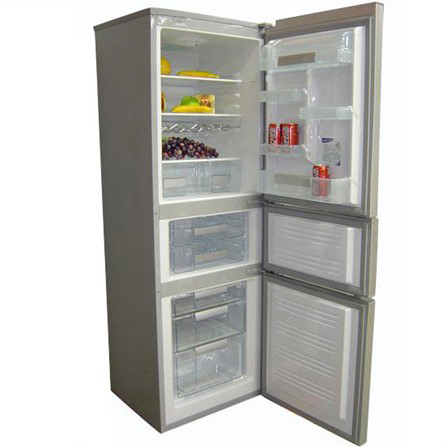0102030405
Compression, extension, and torsion springs
specification
| TYPE | ASTM | HE | EU | Specification (Hot rolled/Silver bright) | USUAGE |
| SUP9D | SAE5160 | SUP9 | 55Cr3 | Φ16~80 | Automobile stabilizer bar, construction machinery, electric spring, railway spring |
| 55Cr3 | SAE5160 | SUP9 | 55Cr3 | ||
| 51CrV4 | SAE6150 | SUP10 | 51CrV4 | ||
| 60Si2CrA | SUP12 | ||||
| 60Si2CrVA | |||||
| 60Si2CrVAT | |||||
| 60Si2MnA | SAE9260 | SUP6 | 61SiCr7 | ||
| 52CrMoV4 | 52CrMoV4 | ||||
| 55SiCrV | 54SiCrV6 |
Spring steel is a specialized form of steel engineered for its unique mechanical properties, specifically designed to withstand deformation and return to its original shape when subjected to bending or twisting. These steels are widely used in the manufacturing of springs, which find applications in various industries, including automotive, electronics, construction, and aerospace. The distinctive properties of spring steel make it a crucial material for components that require elasticity and resilience.
Composition and Grades:Spring steel is typically a medium to high carbon steel alloyed with other elements such as manganese, silicon, or chromium. The specific composition varies depending on the desired mechanical properties. The most common grades of spring steel include AISI 1070, AISI 1095, and AISI 6150. These grades are chosen for their balance of hardness, flexibility, and fatigue resistance.
Properties of Spring Steel:
High Yield Strength:Spring steel is characterized by its high yield strength, allowing it to endure significant stress and deformation without permanent deformation or failure. This property is crucial for springs that repeatedly undergo compression and extension cycles.
Elasticity:The most defining characteristic of spring steel is its ability to return to its original shape after being deformed. This elastic behavior is essential for the functionality of springs in various applications.
High Fatigue Resistance:Spring steel is engineered to have high fatigue resistance, enabling it to withstand repeated loading and unloading cycles without experiencing failure. This property ensures the longevity and reliability of springs in service.
Hardness:Depending on the application, spring steel may undergo heat treatment processes to achieve the desired hardness. A balance is struck to ensure that the material is hard enough to resist wear and deformation but not so hard that it becomes brittle.
Applications of Spring Steel:
Automotive Industry:Springs are widely used in vehicles for suspension systems, clutch mechanisms, and various other components. Spring steel's ability to withstand repeated stress cycles is crucial for the reliable performance of these automotive applications.
Electronics and Precision Instruments:Springs made from specialized spring steel grades are used in electronic devices, precision instruments, and medical equipment where compact size and reliable performance are essential.
Construction and Architecture:Spring steel is utilized in construction for components such as door locks, hinges, and various mechanical fasteners where resilience and durability are necessary.
Aerospace Industry:Springs made from high-performance spring steel find applications in the aerospace industry for components like landing gear systems and flight control mechanisms.
Industrial Machinery:Spring steel is employed in various industrial machinery, including manufacturing equipment, where springs are essential for maintaining tension, facilitating movement, and absorbing shocks.
Conclusion:In conclusion, spring steel is a crucial material that serves as the backbone for a wide range of mechanical components, particularly springs, in various industries. Its unique combination of high yield strength, elasticity, and fatigue resistance makes it indispensable for applications demanding reliability and resilience. As technology advances, the development of specialized spring steel alloys continues, further expanding the scope of its applications in modern manufacturing.














